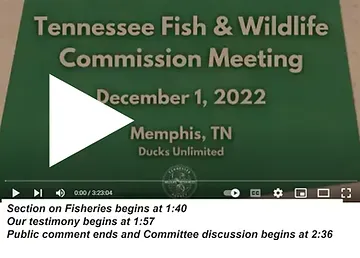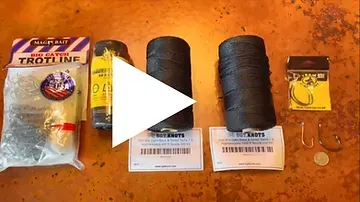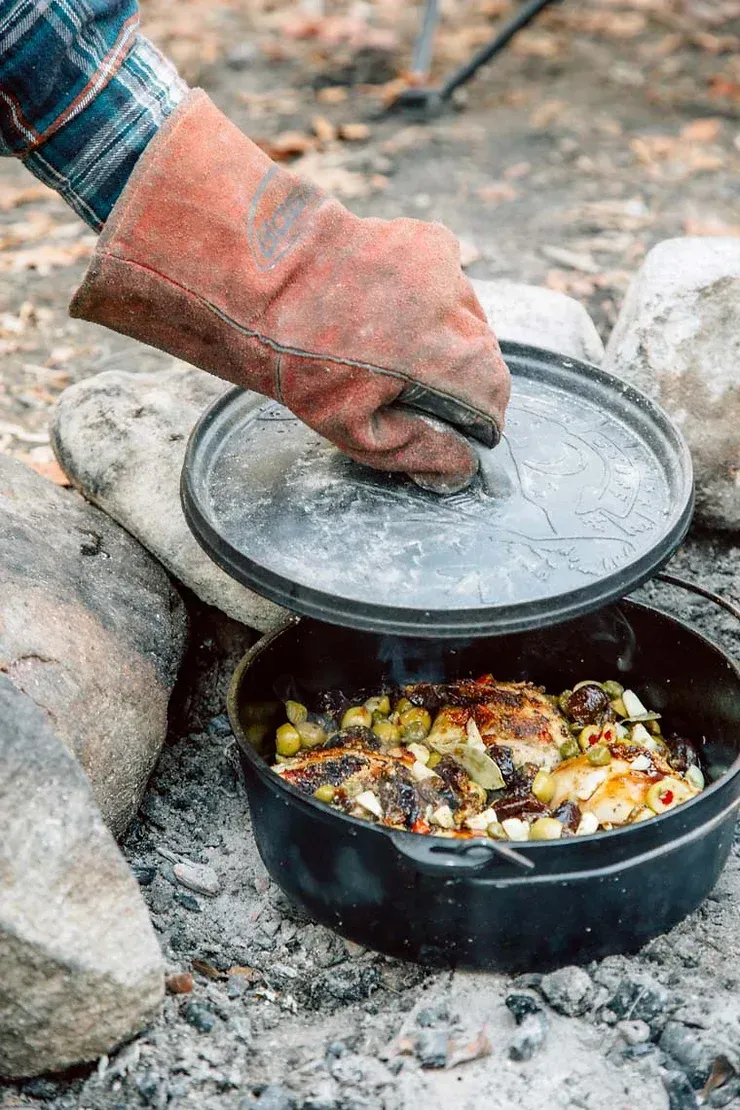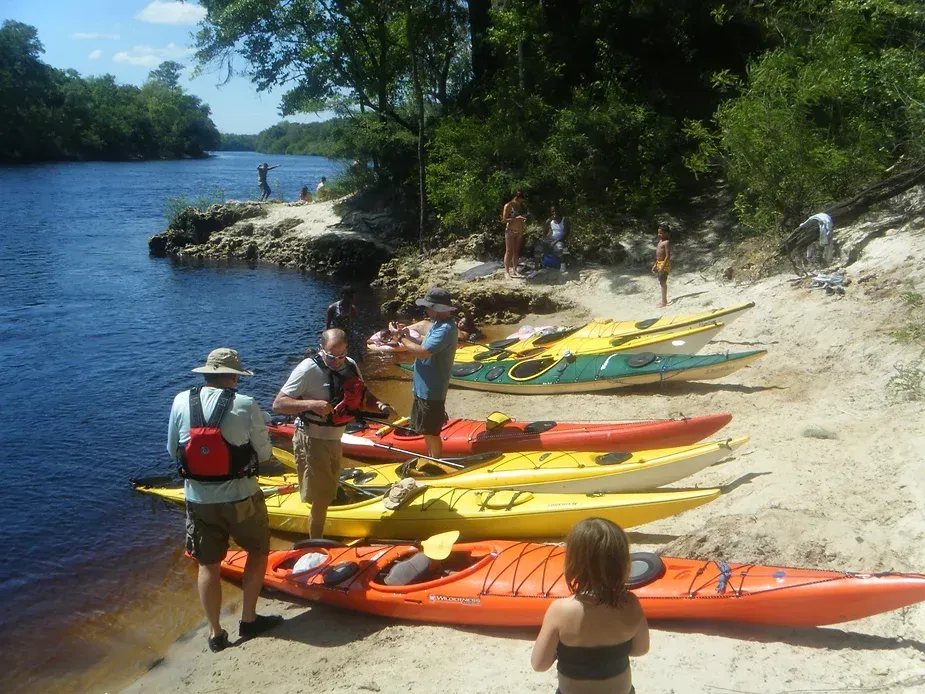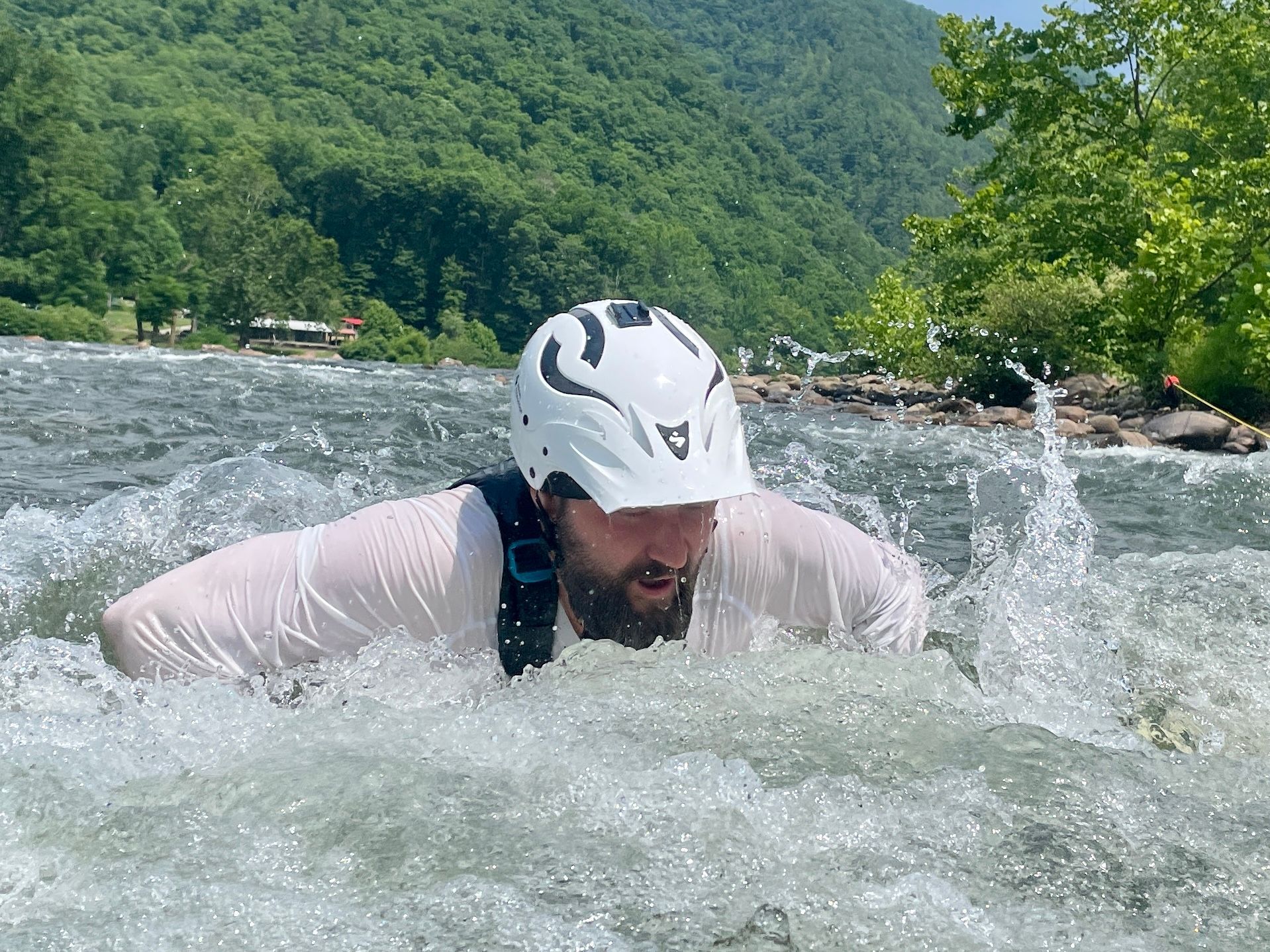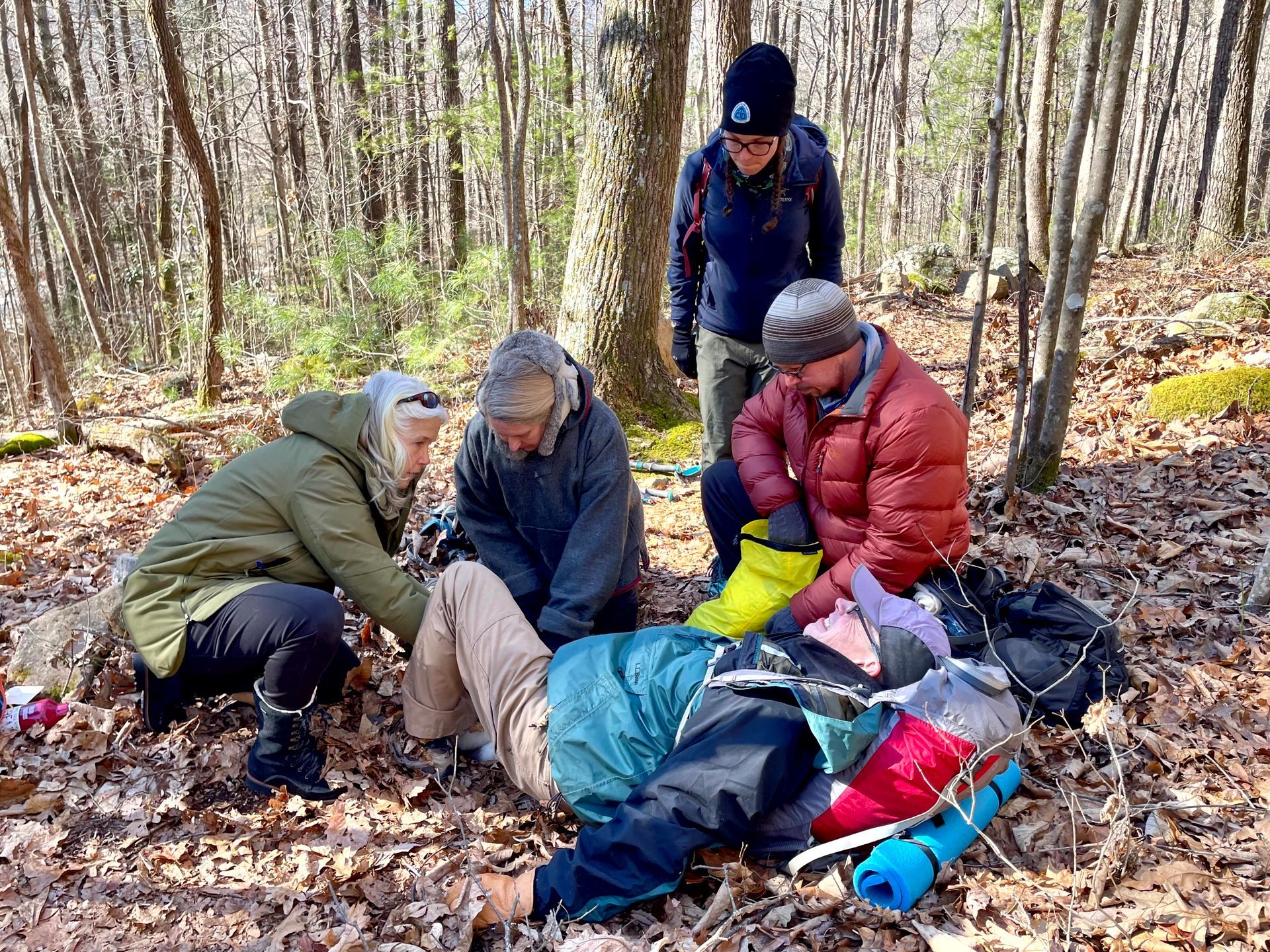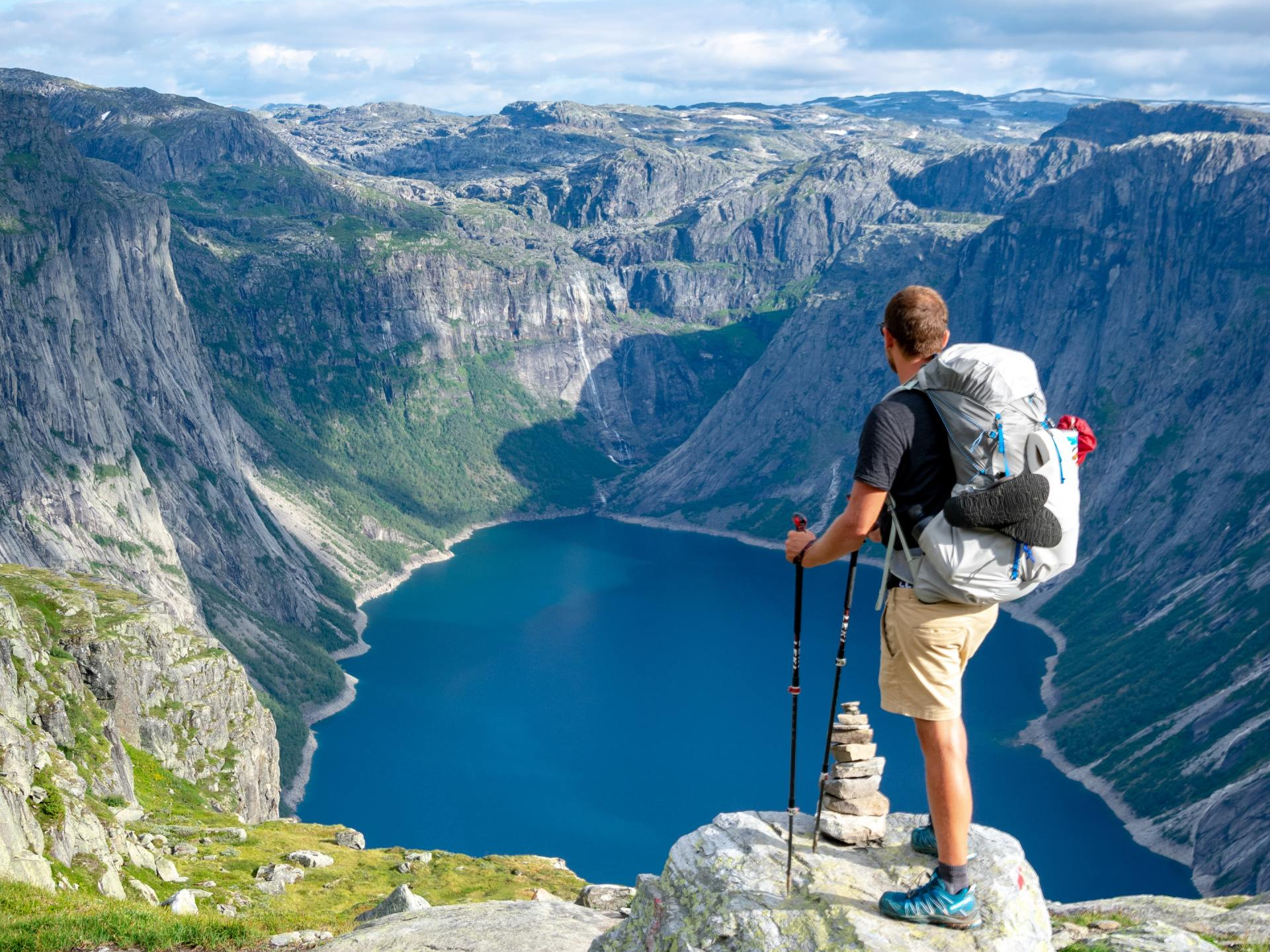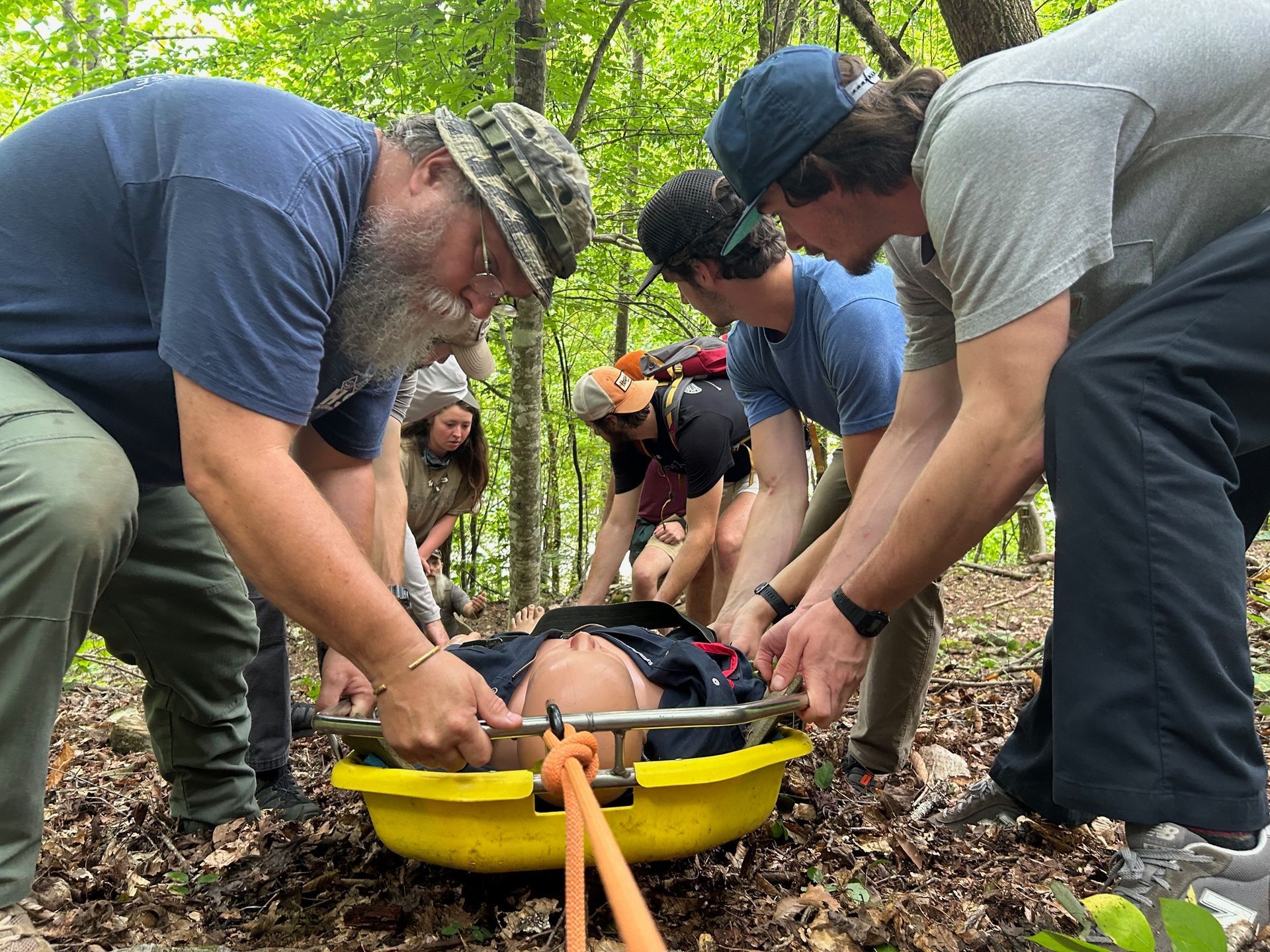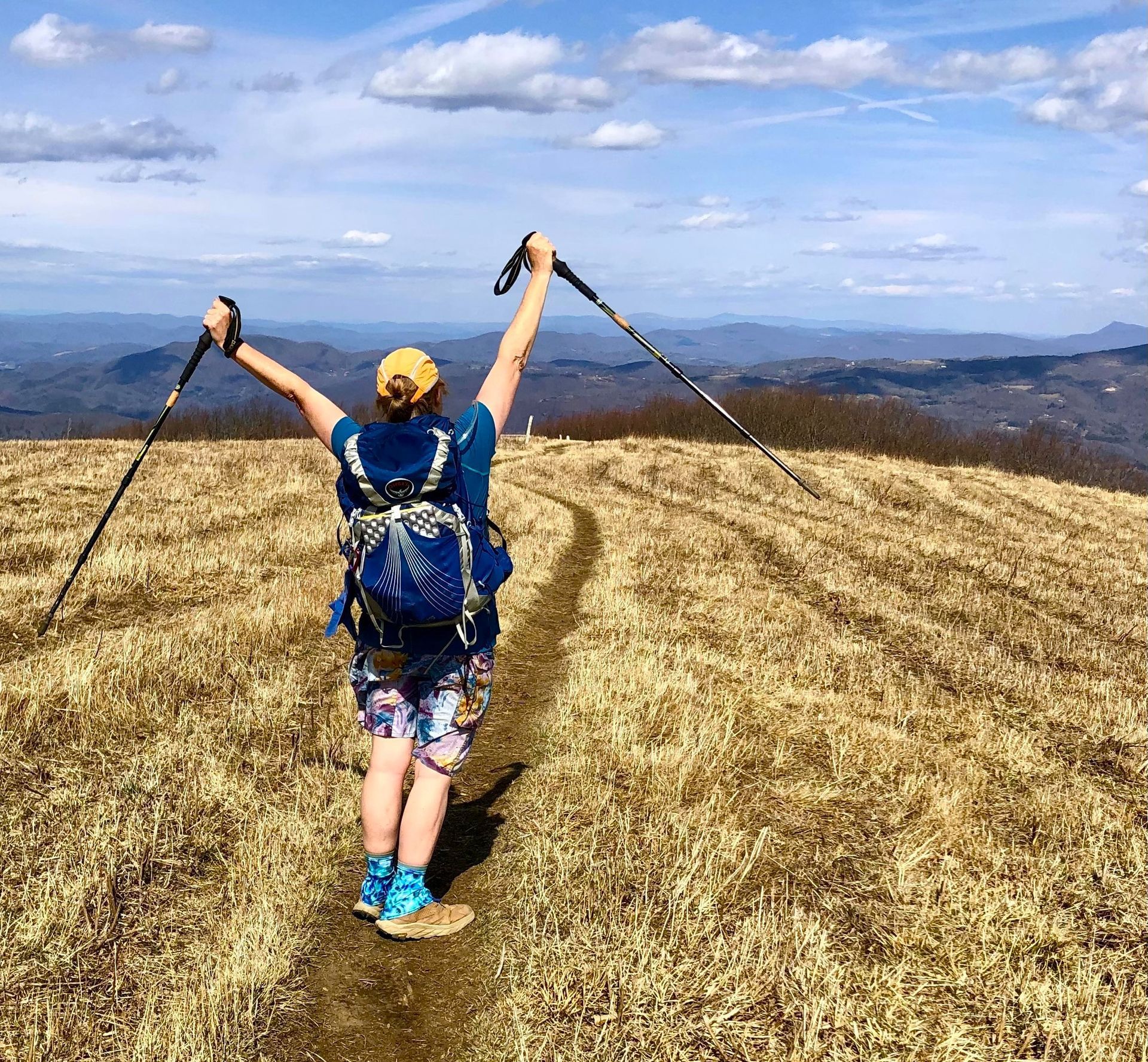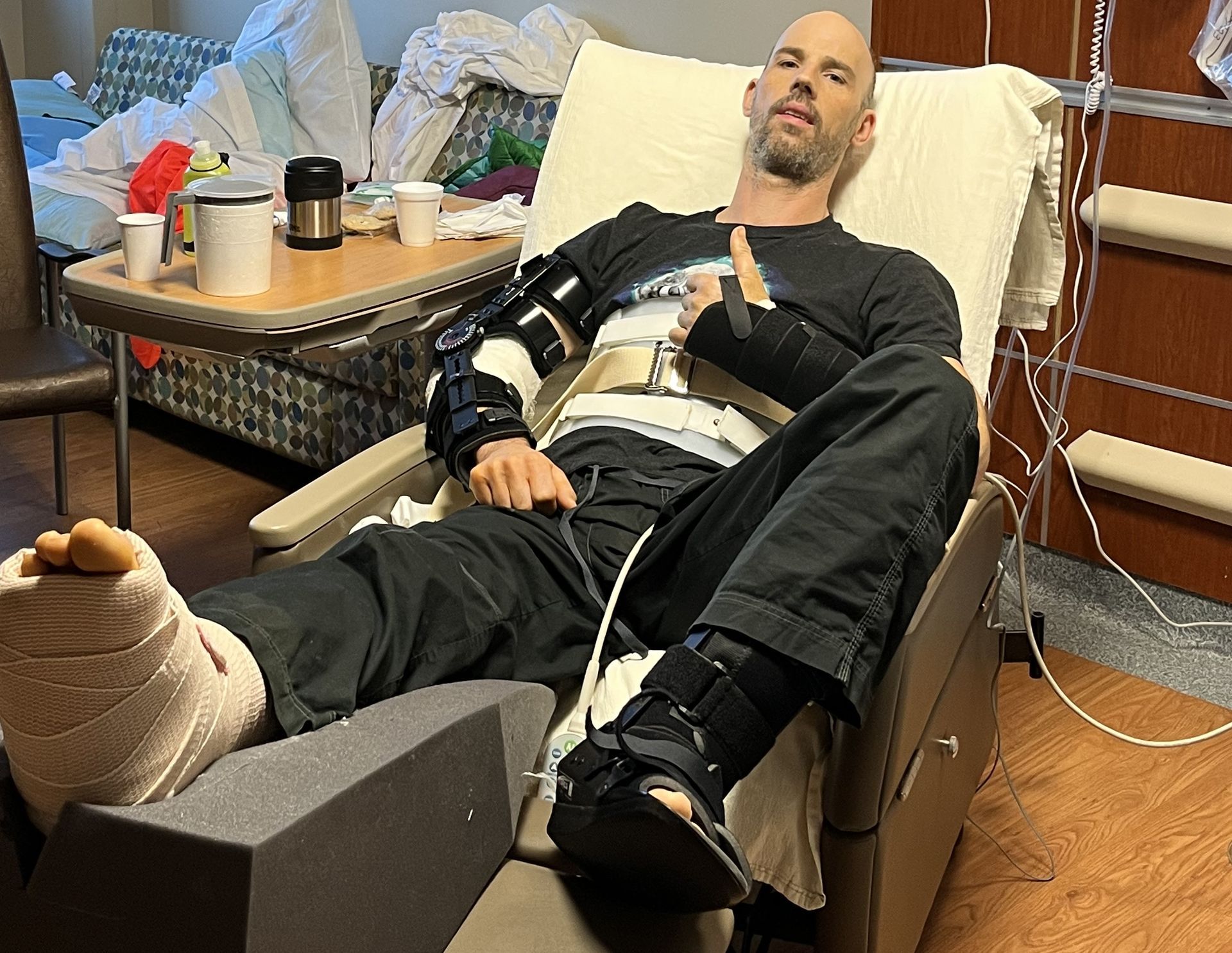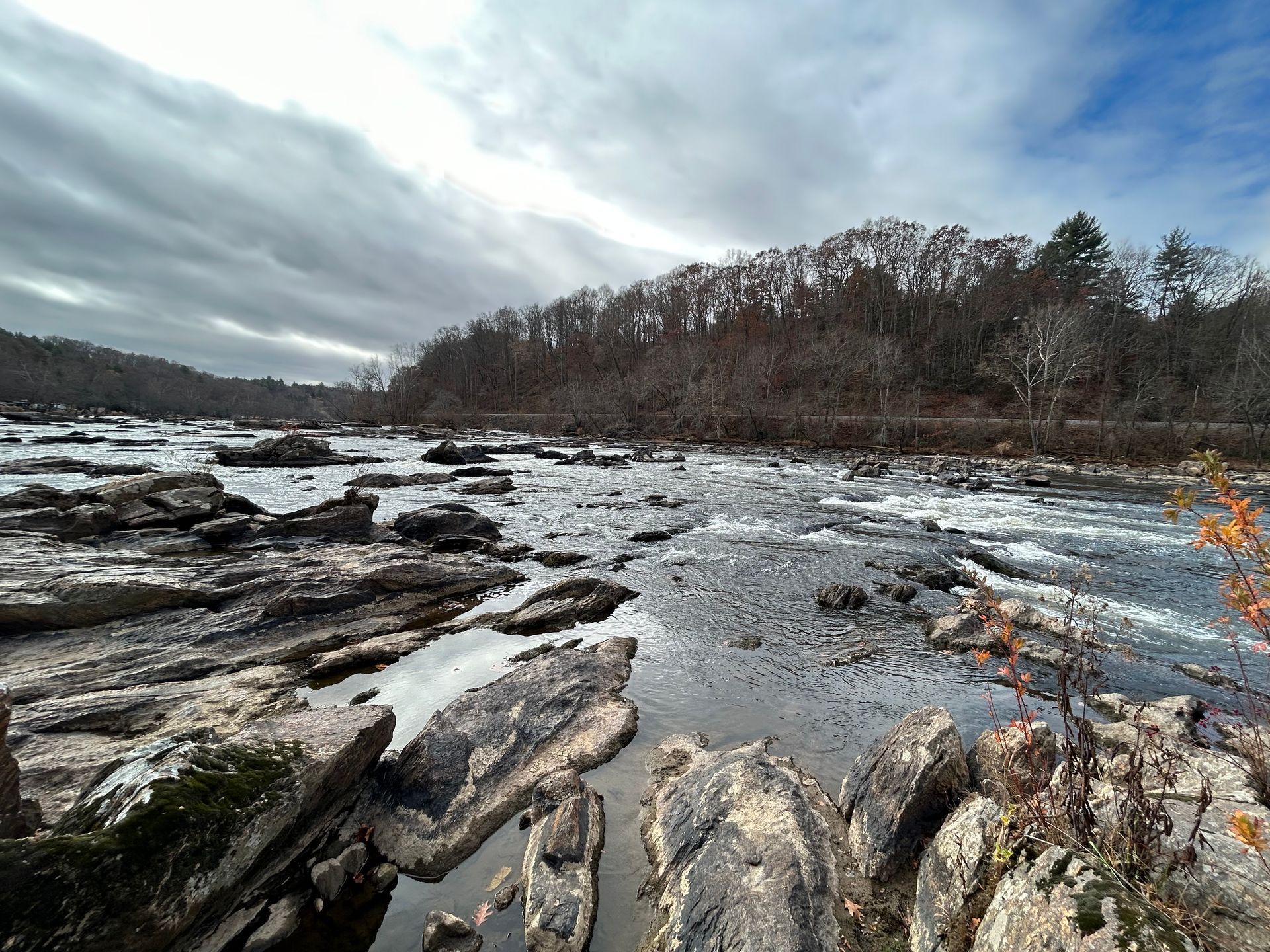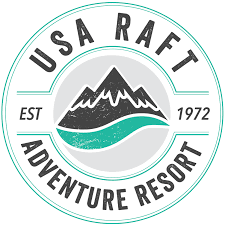TWRA Resists Calls for Common Sense Changes to Trotline Regulation

If you would like a 2 minute read, please click on these linked news stories covering the testimony.
(Always click on the paddling stories so they continue to cover paddling stories!)
If you would like the watch the testimony for yourself — and it was a tremendously moving day of testimony — please follow the TWRA video links below.
Over the last few days a group of paddling leaders testified at the Tennessee Fish and Wildlife Commission in our ongoing effort to update Tennessee trotline regulations to make our waterways safer for all recreationists.
We continue to advocate that it is not within our values as a state to have regulations that allow one sportsman to deliberately create a lethal hazard for another sportsman and be protected within the law while doing so.
We were honored to be joined by Courtney Archer, the mother of Brandon Archer. Brandon tragically perished during a swim break on a canoe trip on the Buffalo River over Labor Day weekend in 2019. It was three weeks after he graduated from MTSU and 1 day before his 22nd birthday. In my own humble opinion, Mrs. Archer was a warrior queen telling her son’s story to try protect someone else’s family from having to go through what she has gone through.
Robin Pope also testified as a representative from the US Coast Guard Auxiliary, an eye witness to the paddler - trotline entanglement on the Nolichucky River in 2021, and the father of David Pope, the paddler who experienced this near miss.
Other testimony was offered by
- Daniel Rogers, President of West Tennessee Canoe & Kayak Club and an Assistant District Attorney from Jackson, TN
- Ande Demetriou, owner of Blues City Kayaks and a board member for Tennessee Scenic Rivers Association; from Memphis, TN
- Dr. Alan “Sonny” Salomon, a senior statesman from the Memphis Whitewater community, who read testimony into the record from Charlie Walbridge, American Whitewater Safety Editor and AW Board Member
- Scott Fisher, founder of NOLI - Nolichucky Outdoor Learning Institute
- Andrea White, ACA Southeastern Regional Chair and Chair of the ACA Regional Activity Council
We were briefly optimistic on Thursday when the Commission indicated an interest in creating a 30 day workgroup to work on this topic, but we were disappointed when neither the Commission nor Agency leaders would go on record at the full Commission meeting on Friday committing to work together to improve our regulations in this manner.
Under the category of silver linings, the ongoing conversations about trotline regulations have allowed ACA Tennessee leaders to begin building relationships with the new generation of TWRA agency leaders as the agency regroups from a leadership shakeup in May of 2021. This new group of leaders have shown a greater willingness to build a rapport with paddling leaders and work collaboratively on training opportunities for the public, to discuss any future proposals related to the possibility of paddler regulation, and to help train 8 new TWRA Paddlesports Sergeants. We cannot foretell the future, but a willingness to talk would be a good starting point and a marked improvement.
That said, the uncertain prospect of an undefined Fish and Wildlife Commission workgroup to improve trotline regulations -- which, at best, would be held over the holidays -- is not very encouraging; it would appear that we will probably be turning to the legislature to try to secure the kinds of common sense improvements in our trotline regulations that neighboring states have already made.
We asked the Fish and Wildlife Commission to adopt the following proposed changes to Tennessee’s trotline regulations. These proposals have been in practice in neighboring states for years and have proven safe and effective. These proposals are consistent with best practices recommended by waterway safety experts. These proposals will not diminish the utility of trotlines for catching fish but will greatly increase the safety to those who use Tennessee waterways.
1. Floating, colored markers at each end and at intervals of every 25 hooks (in practice in North Carolina, South Carolina, and Georgia)
2. Parallel to the nearest shore (in practice in North Carolina)
3. Submerged at least 3’ below the surface (in practice in Georgia, South Carolina, Louisiana, and Kentucky)
4. No trotline may be set, placed, or used so as to constitute a hazard to boating or public safety (in practice in South Carolina and Georgia)
The Memo/Packet of materials ACA Tennessee provided to Commissioners is linked here:
On December 2, the Fish and Wildlife Commission did vote to add two requirements to the trotline regulation, but fell short of the safety considerations national experts have asked for. The Commission did, for the first time, create a requirement that trotlines be checked every 24 hours, long considered a minimal safety standard in regulations in other states. The Commission also added a stipulation that the trotline cannot extend more than 3/4 of the way across a river. While this is an improvement from the previous version of the regulation which allowed bank-to-bank trotlines, Scott Fisher demonstrated in this educational video (at the 7:53 mark) that
a trotline that only extends midway across a river is not actually much safer because the hydrologic force of the water still keeps a hooked victim in the current.
Please click the button below to send an email to the Tennessee Legislature asking them to watch this compelling testimony and pass a bill to solve these problems.






